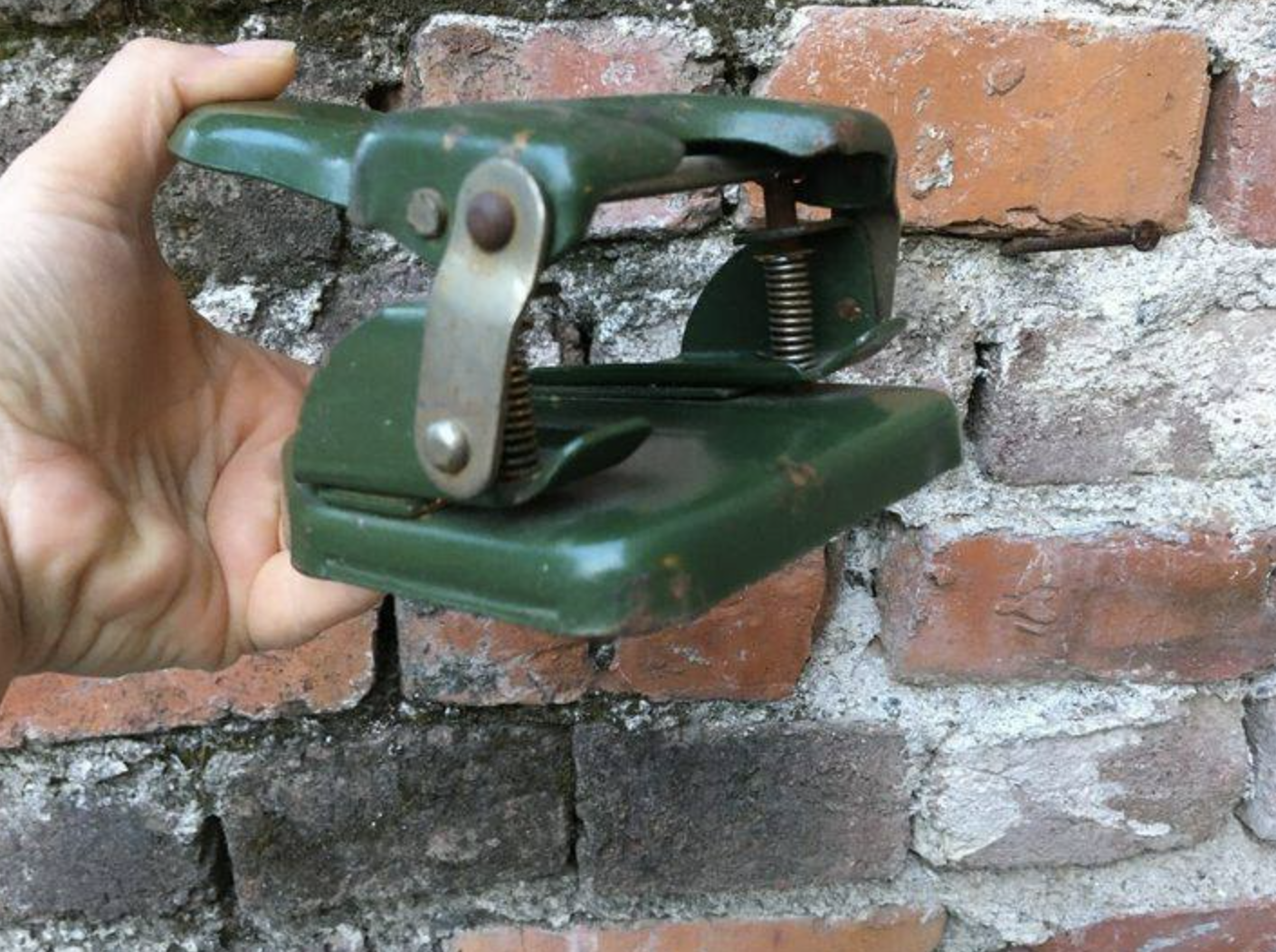From administrative offices to creative spaces, vintage metal perforators have made a lasting impact, combining functionality, efficiency, and a bit of nostalgia.
Historical Roots
The story of metal perforators begins in the late 19th century. Inventors were busy looking for ways to make handling paperwork easier, which led to the birth of the perforating machine. This innovation changed how documents were managed, making it possible to create precise perforations for binding and organizing papers.

Evolution of Design
Initially, metal perforators were built strong and often featured intricate details. As time went on, manufacturing techniques improved, giving us more streamlined and ergonomic designs without sacrificing durability or function.
Versatile Applications
These tools weren’t just for offices; they were used everywhere from schools to print shops. They became essential for creating perforated edges on documents, tickets, coupons, and labels. This made it easy to tear and organize papers.
Office Efficiency
In the workplace, metal perforators were key for improving day-to-day tasks. They were used for everything from punching holes for binding documents to creating tear-off sections for invoices and receipts. These devices made offices more productive and efficient.
Creative Expression
Metal perforators weren’t just for practical use; they also became popular among artists and crafters. People used them to add decorative touches to paper crafts, scrapbooks, and handmade cards, showcasing the versatility of these vintage tools.
Enduring Legacy
Even in our digital age, vintage metal perforators still have a special place. Collectors and enthusiasts cherish them for their timeless design, reliability, and nostalgic appeal. They remind us of simpler times and the careful craftsmanship of the past.
Conclusion
The history and legacy of vintage metal perforators showcase the ingenuity of past generations. These tools symbolize both efficiency and creativity, continuing to inspire and remind us of the lasting value of analog craftsmanship in today’s digital world.




